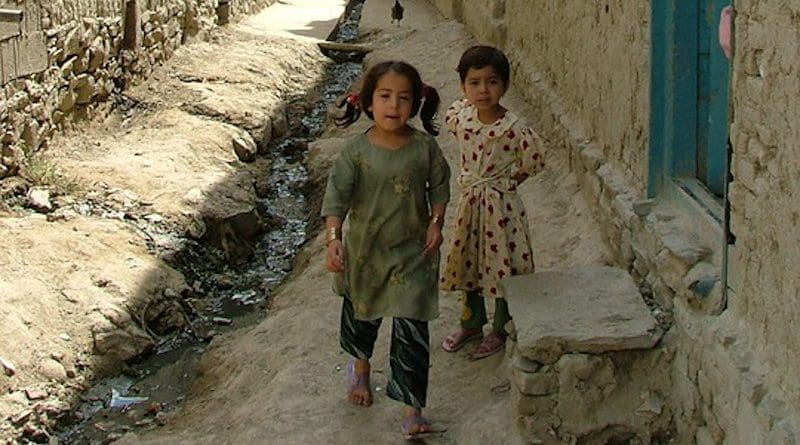Food Insecurity At ‘Crisis’ Or ‘Emergency’ Levels Haunts More Than Half Of Afghans – OpEd
By IDN
By Radwan Jakeem
Forty years of war, recurrent natural disasters, chronic poverty, drought and the COVID-19 pandemic have devastated the people of Afghanistan. The recent upheaval has only exacerbated needs and further complicated an extremely challenging operational context, notes the UN Office for the Coordination of Humanitarian Affairs (OCHA) in its latest situation report.
Even prior to the events of August 15, when the Taliban took control of the presidential palace in Kabul after former President Ashraf Ghani fled the country, the humanitarian situation in Afghanistan was one of the worst in the world.
By the mid-year mark, nearly half of the population—some 18.4 million people—were already in need of humanitarian and protection assistance in 2021. Protection and safety risks to civilians, particularly women, children and people with a disability, were also reaching record highs.
Humanitarians are urging the de facto authorities to deliver on their promises to protect the rights of all Afghan citizens—including women, children, minority communities, former government employees. This includes ensuring freedom of movement for women to work and to enjoy their basic rights—and for girls to have effective access to all levels of education.
Furthermore, humanitarians are concerned about reports of forced evictions of minority communities. The OCHA report urges the de facto authorities to respect the housing, land and property rights of all Afghans and the tenure documentation that they hold, including those residing on land of the former government.
The country is currently facing the second drought in four years and the worst of its kind in 27 years, warns the report. The recently updated Integrated Food Security Phase Classification (IPC) analysis shows the food security situation has further deteriorated with worrying implications for the winter lean season ahead.
An estimated 22.8 million people, or 55 per cent of the population, are expected to be in crisis or emergency levels of food insecurity (IPC 3+) between November 2021 and March 2022, a nearly 35 per cent increase from the same season last year (16.9m). No provinces have been included under IPC 1 and 2 during the projected period till March. Some 9 million people projected to be in IPC 4—the highest number in the world.
Speaking to journalists in New York, the Spokesperson for the Secretary-General pointed to reports that isolated clashes and violence affecting civilians and resulting in casualties continued countrywide this week.
In Jalalabad, in Nangarhar Province, gunfire directed at de facto authorities resulted in the deaths of two children on November 1. Two days later, a roadside radio-controlled improvised explosive device detonation reportedly targeting the de facto authorities killed two civilians. On November 4, armed clashes were reported in Bamyan Province, resulting in the injury of five people, including one civilian.
The OCHA shows concern about “conditional humanitarianism” or attempts to “leverage” humanitarian assistance for political purposes.
Donors are also asking that transactions and other activities required for humanitarian operations are excluded from the scope of sanctions, to allow these activities to continue without impediment.
The Afghanistan Flash Appeal, which targets 11 million people with aid through the end of the year, seeks $606 million and is currently 54 per cent funded.
Since September 1, 2021, the UN agencies and their partners have reached 48,383 children with community-based education activities, supported 82,761 people with emergency shelter and non-food items, and provided 4.1 million people with food assistance.
About 580,050 people got primary healthcare and 85,623 children under five received treatment for Acute Malnutrition.
For its part, the Food and Agriculture Organization (FAO) began the autumn season wheat seed and fertilizer distribution campaign in the east of the country. FAO also plans technical training sessions on agricultural best practices. The agency expects to reach nearly 140,000 people in the provinces of Nangarhar, Kunar, Laghman and Nuristan.

